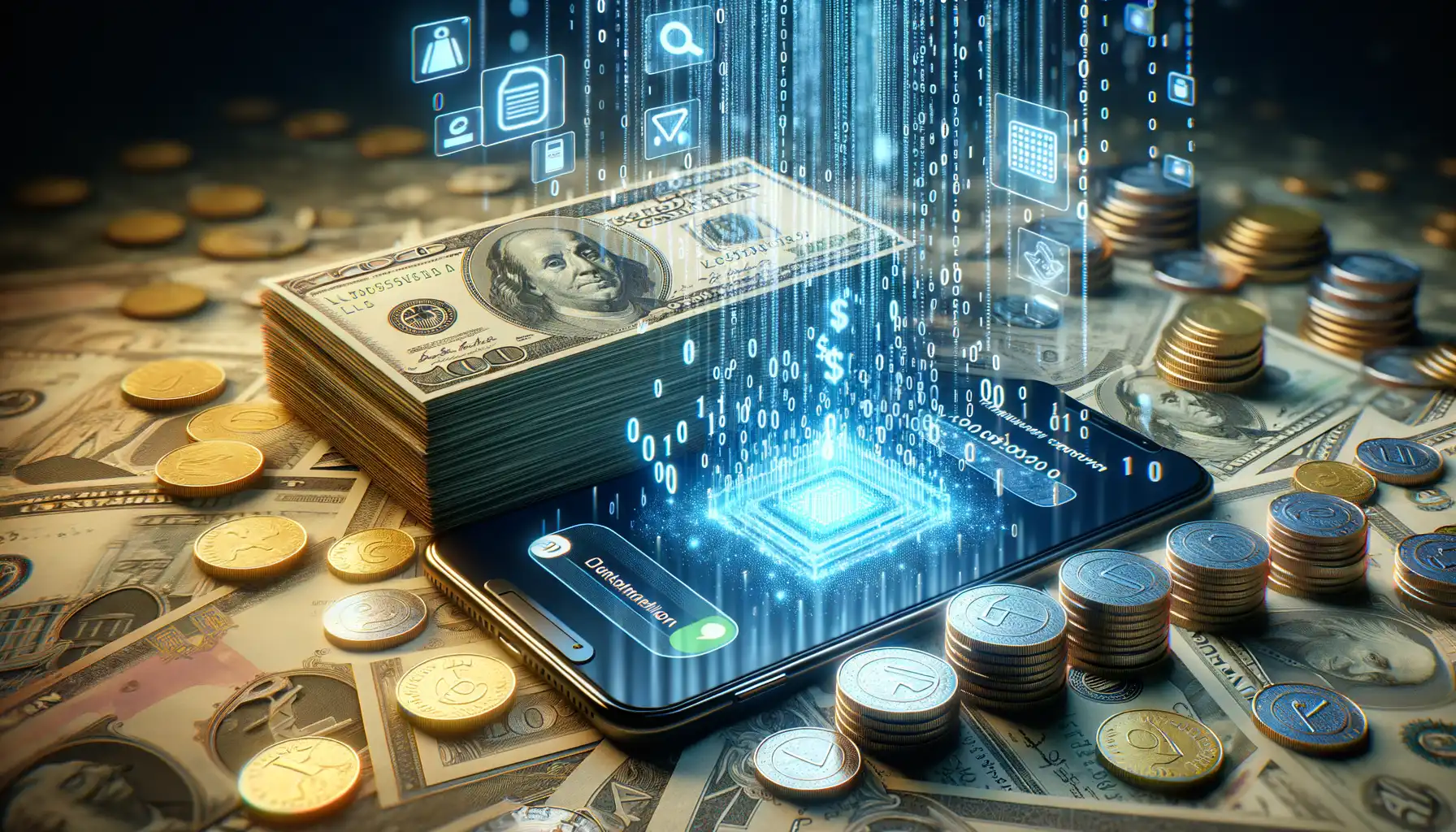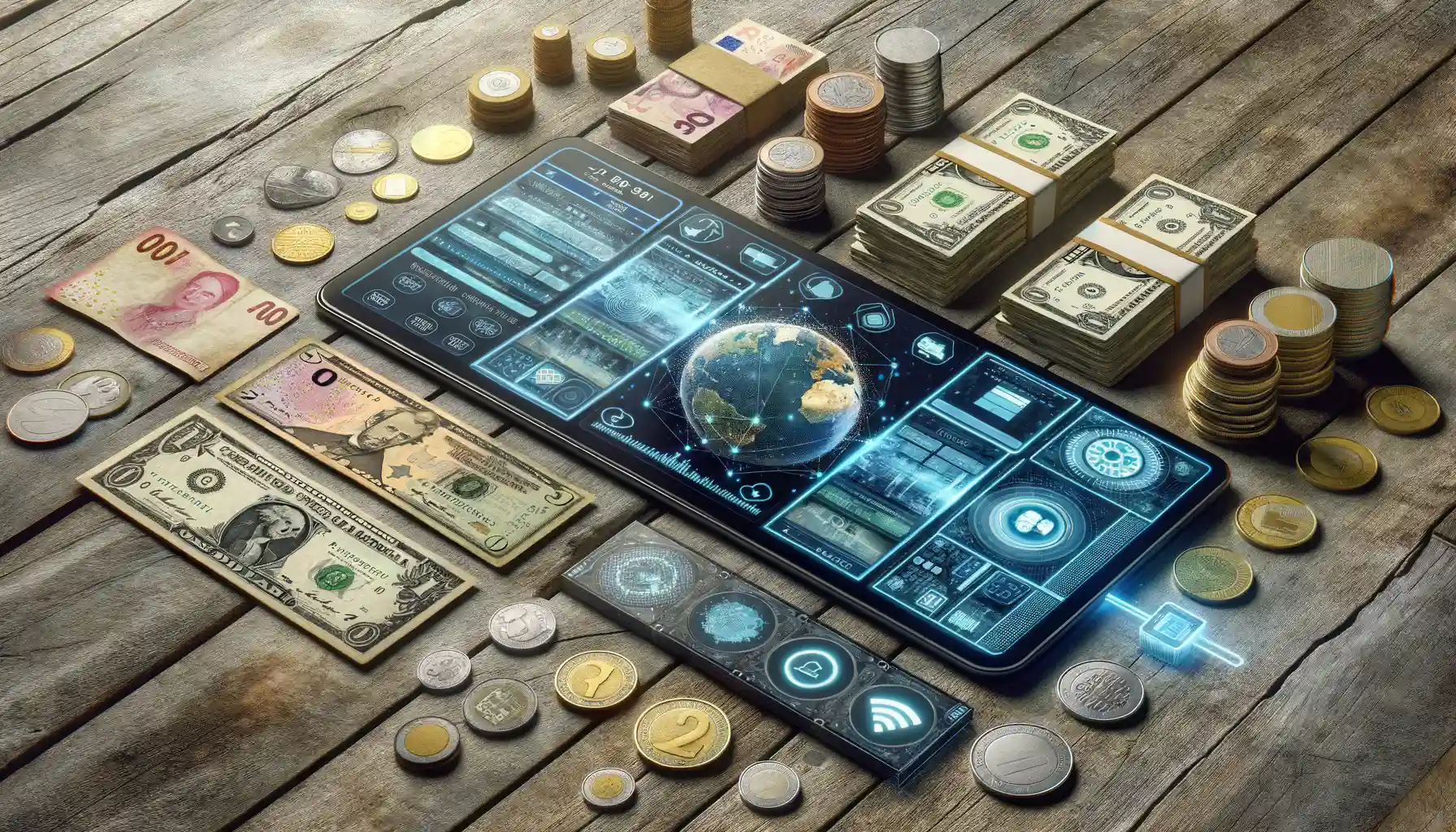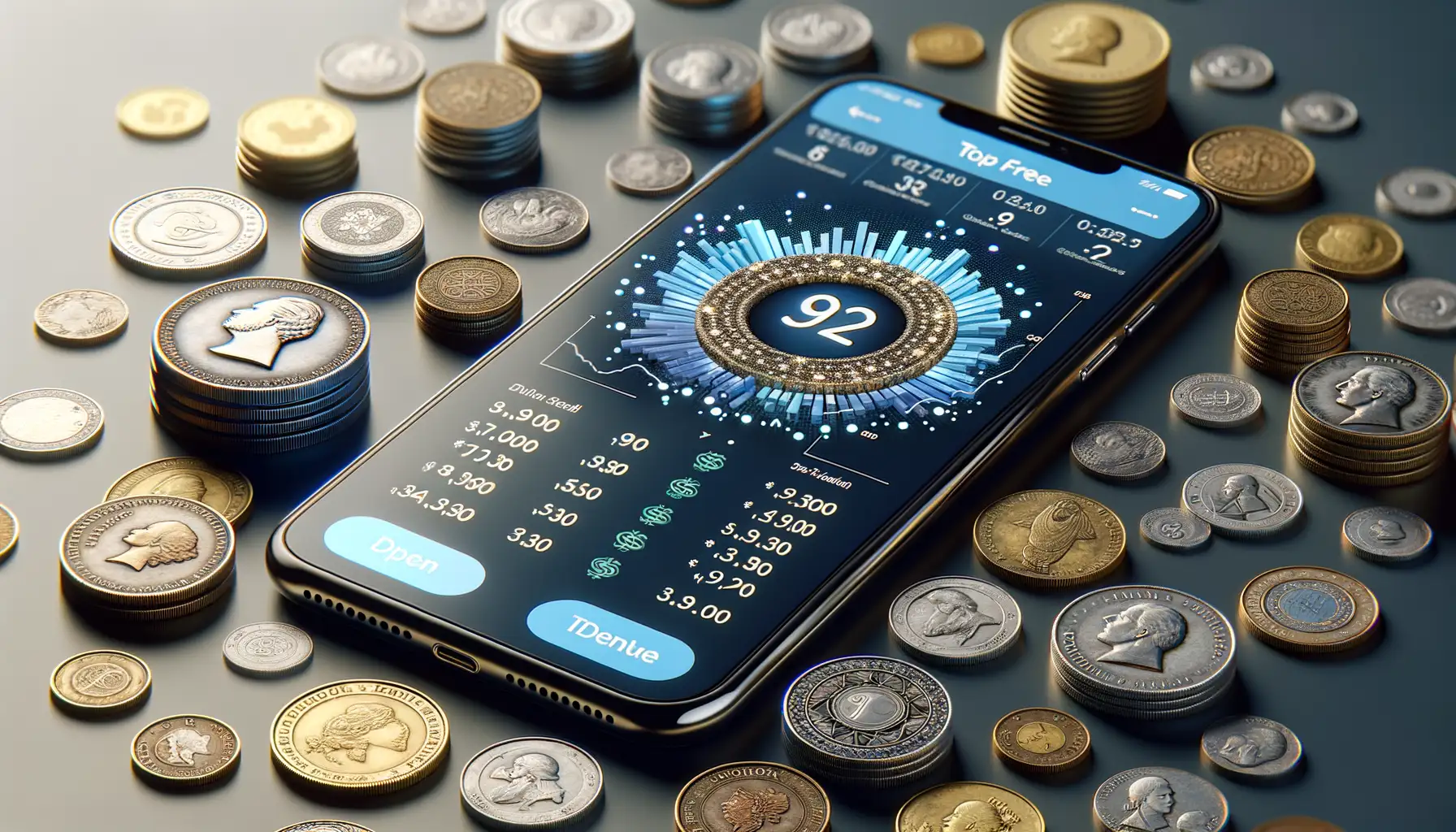Introduction to Mobile Payment Systems
Picture this: you’re in line at your favorite coffee shop. The scent of freshly brewed espresso fills the air, the barista calls your name, and instead of fumbling through a wallet full of cash or cards, you simply tap your phone. Transaction complete—no hassle, no delays. Welcome to the dazzling world of mobile payment systems, where your smartphone becomes your wallet, your cash register, and your ticket to a more streamlined life.
The Revolution in Your Pocket
Mobile payment systems have turned the everyday act of buying something into a seamless digital interaction. Platforms like Apple Pay, Google Pay, and Venmo are rewriting the rulebook. They don’t just store your debit or credit card information—they connect you to an entire ecosystem where you can split bills with friends, pay for groceries, or even donate to causes you care about with a few taps. And it doesn’t stop there!
- Contactless payments: Quick, hygienic, and increasingly popular in a post-pandemic world.
- QR code scanning: Making payments as simple as snapping a picture.
- Peer-to-peer transfers: Paying back your friend for pizza has never been faster—or less awkward.
Why Carry a Wallet When You Have a Phone?
This shift from physical currency to mobile transactions isn’t just convenient; it’s downright liberating. Think back to those days when you forgot your wallet and had to beg or borrow. Thanks to digital payment systems, now all you really need is your phone—and let’s be honest, when’s the last time you left that at home? Mobile payment systems don’t just simplify your life; they’re transforming how we interact with money, one digital handshake at a time.
Impact of Mobile Payments on Physical Currency Usage

How Mobile Payments Are Redefining How We Use Money
Imagine this: You’re in line at your favorite coffee shop. The person ahead pulls out their phone, taps it against a small reader, and voilà—their latte is paid for within seconds. No jingling coins. No shuffling through bills. This tiny, effortless gesture? It’s altering the very fabric of how we think about money.
Mobile payment systems like Apple Pay, Google Wallet, or Venmo are slowly nudging cash into a corner, making physical currency feel almost… outdated. Think about it: when was the last time you fished out a dollar bill to pay for something? As convenient as it sounds, this shift has major implications.
- Currencies once felt permanent—something tangible you could hold. Now, they’re morphing into invisible data streams traveling through cyberspace.
- Transactions have become faster, but they’ve also distanced us from the emotional weight of spending. Swiping $100 on an app doesn’t “sting” the way parting with a crisp $100 bill does.
The decline in physical currency use isn’t just about convenience—it’s rewriting our relationship with money itself. Are we truly ready to say goodbye to cold, hard cash? Or do those coins and notes still hold some enduring charm?
Advantages of Mobile Payment Systems

Why Mobile Payments Are Revolutionizing Our Lives
Does fumbling through your wallet at the cash register feel like something out of the Stone Age? With mobile payment systems, that hassle is becoming a distant memory. These modern marvels aren’t just about convenience—they’re transforming how we interact with money on a deeply personal level.
Imagine this: you’re in line at your favorite coffee shop, running late for a meeting. Instead of digging through bills or coins, you simply tap your phone. Voilà! The transaction is instant, seamless, and, let’s be honest, feels a little magical. More than just speed, mobile payments empower you to take charge of your finances in ways that old-school cash never could.
- Track every cent: Many apps give instant spending insights, helping you manage budgets without spreadsheets.
- 24/7 access: Whether it’s splitting a restaurant bill at midnight or paying a friend back for concert tickets, it’s all in your pocket.
- Enhanced security: Encrypted technologies and biometric features mean your payments are safer than an exposed wallet.
Mobile payment systems are more than just a trend—they’re freedom reimagined.
Challenges and Risks Posed by Mobile Payments

Hidden Pitfalls Behind the Convenience
Let’s be honest—mobile payments feel like magic. A few taps, and voilà! Your coffee’s paid for, your shopping’s sorted. But beneath the seamless charm, there are challenges lurking that can’t be ignored. First and foremost? Security risks. Trusting your money to an app means putting faith in complex algorithms and firewalls. Yet, cybercriminals are constantly evolving, finding crafty ways to exploit vulnerabilities. Just imagine waking up to a drained bank account after a hacked app—terrifying, right?
And then there’s the issue of accessibility. Sure, mobile wallets might work beautifully if you live in a tech-savvy city with fast internet. But what about rural areas? Or people who aren’t comfortable navigating apps? It’s like throwing them into a maze without a map.
While mobile payments may seem futuristic, they come with baggage. And let’s not forget: convenience always comes at a price, often paid in unforeseen ways.
Future Outlook: Can Physical Currency Coexist with Digital Payments?

The Dance Between Tradition and Innovation
Physical currency—it’s not just money; it’s history you can hold in your hand. Think of the crisp edges of a newly printed banknote or the satisfying clink of coins in your pocket. For centuries, these tangible forms of payment carried stories, cultures, and trust. But let’s face it: the rise of digital payments is like a lightning storm over a quiet village. It’s impossible not to notice their speed, convenience, and global reach.
Yet, does this mean cash is doomed? Not necessarily. Let’s break it down:
- Accessibility: In regions with limited internet or smartphone penetration, cash remains king.
- Privacy: Unlike digital payments, physical currency offers anonymity, a feature some still deeply value.
- Resilience: When systems crash—be it power outages or technical failures—cash doesn’t glitch.
Digital payments might be flashy, but physical currency holds steadfast, like an old oak tree amid a growing city. Can the two coexist? Perhaps. From hybrid payment options blending cash and mobile wallets to countries deliberately maintaining low-denomination bills, the future may belong to collaboration, not elimination. Could we be entering a world where both worlds thrive together? Only time will tell.


